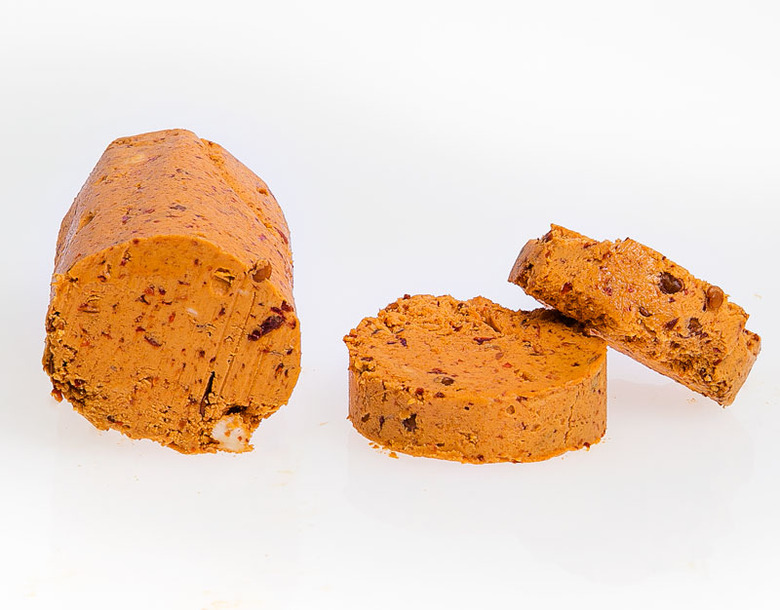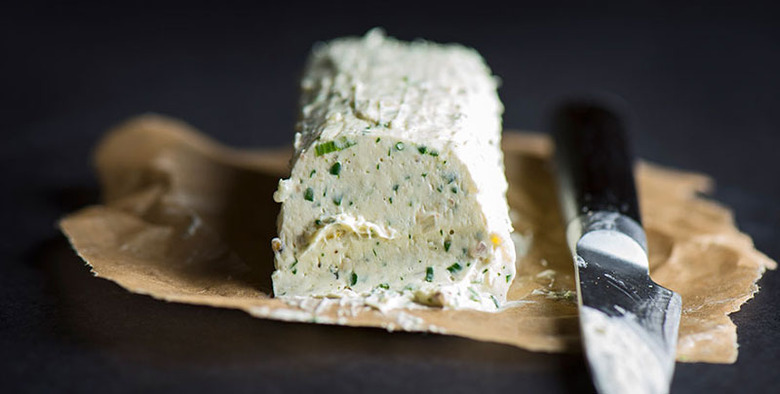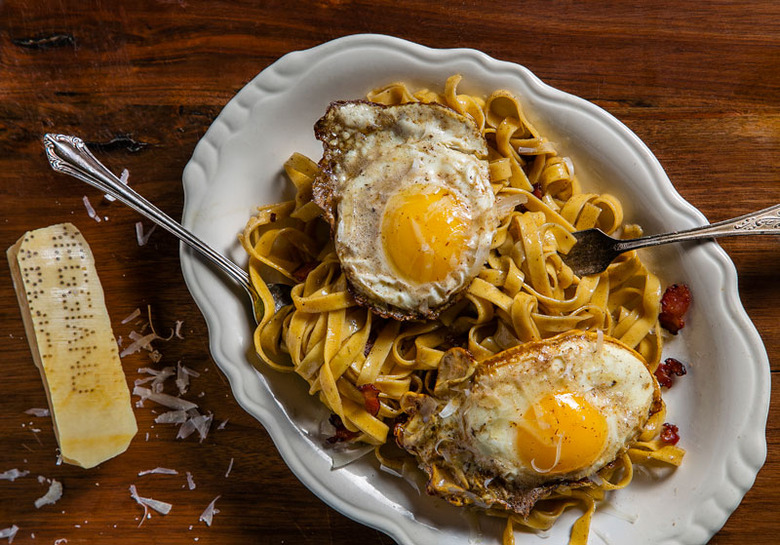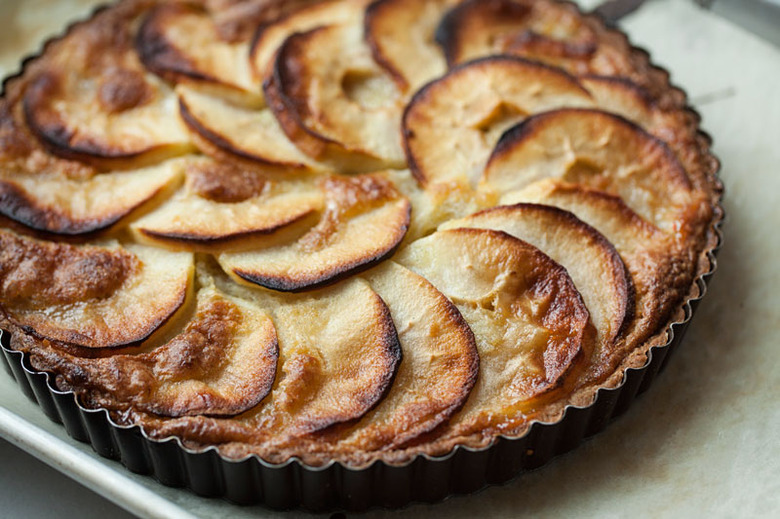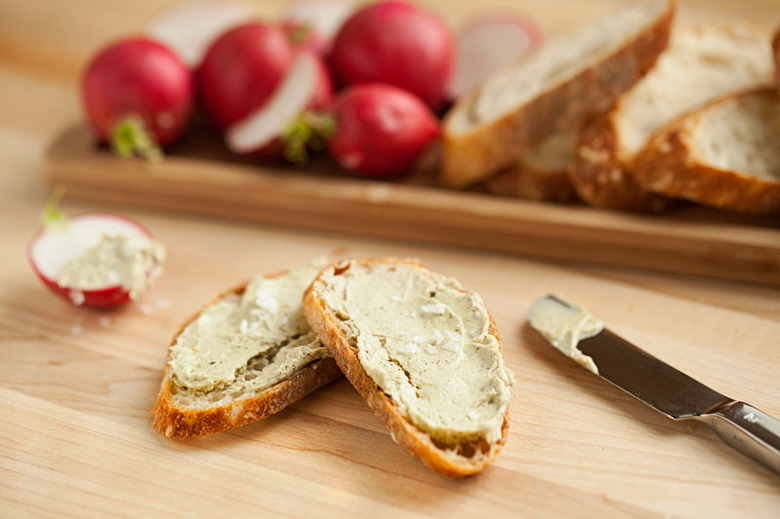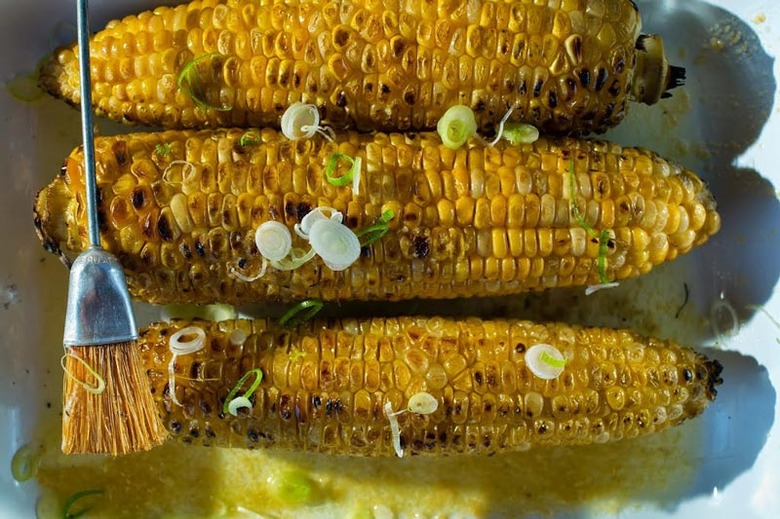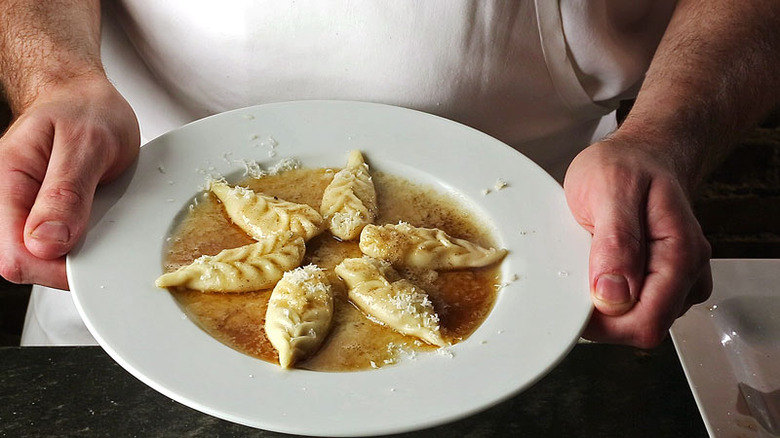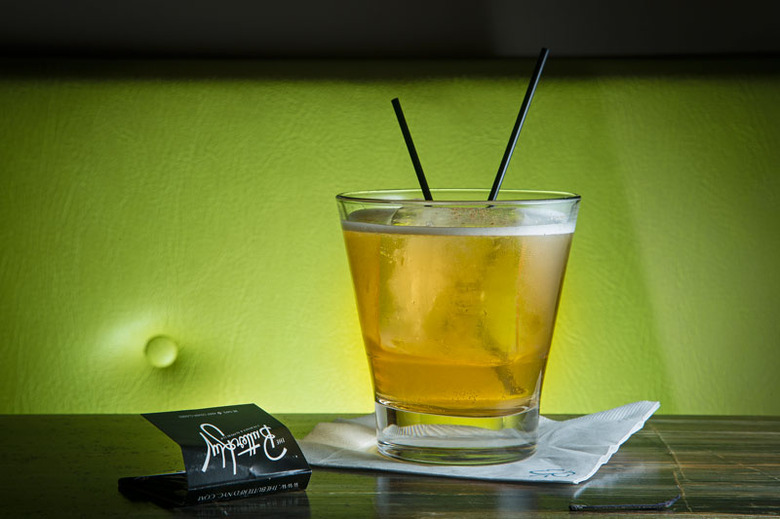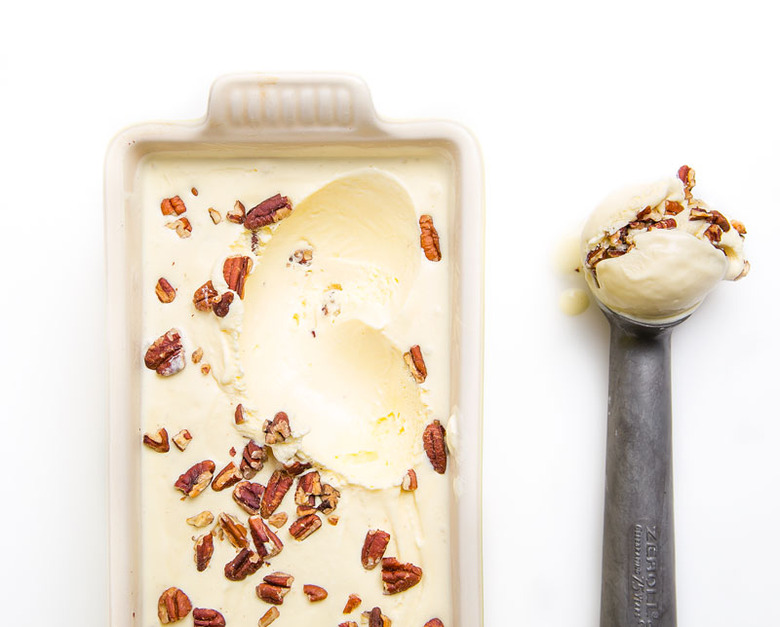A Love Letter To Butter, Brown Butter And Compound Butter | Tasti
A love letter to our favorite fat, butter
Normally, we'd be telling you why you should be picking up persimmons or some such of-the-moment fresh produce at the market. But we interrupt our regularly scheduled fruit and veg updates to give some love to our favorite ingredient this time of year: butter.
Yeah, we know you can get butter anytime. But as Thanksgiving approaches, it's not only acceptable, but highly encouraged to throw a stick or two of the good stuff into many a dish in your holiday feast. Butter is a tradition unto itself, an ingredient deserving of its own seat at the table.
We love how it makes mashed potatoes sweet and creamy. How a smear can bring life to a simple piece of toast. The feeling of dropping pieces of cold butter into pie dough, or swirling some into a simmering liquid and watching it transform into a smooth, silky sauce. It gives food a richness and roundness that oils simply can't—and for that, we can't get enough of it.
So while we can all agree on butter's golden magnificence, when it comes to the specifics, many a house stand divided: Salted or unsalted? Refrigerate or leave at room temp?
Well, we're all in for the unsalted stuff so we can salt our food liberally with abandon. Our Food Editor Andy Baraghani has a thing for European-style cultured butter: More fat (about 84 percent versus 80 in American varieties) and less moisture result in a denser, creamier butter that doesn't dilute any flavors—and who doesn't want that?
As for the great fridge debate, it's a draw. Victory goes to the chill for pastry dough (those cold nuggets are crucial) and stovetop cooking to have the most control in the melting process. Leaving butter at room temperature—a practice both revered and feared—is best for spreading. ("Cuts like a knife through butter" isn't a saying for nothing.) No matter how you choose to store butter in your kitchen, house it in a dome once it's out of the package; butter absorbs funky odors a little too easily.
Now that we've gone through the basics, here's how we're making butter even better this season: with brown butter and pecan ice cream (see the recipe) and a smoky chipotle-roasted garlic compound butter (see the recipe).
To make the ice cream, perfect for topping holiday pies, the key is mastering brown butter—butter heated until its milk solids caramelize and turn a warm amber color. It cooks best when it's done with a stick or more, or else it will burn, so this is no time to skimp. Sub it in any recipe that calls for melted butter to add depth of flavor, or fold it into our ice cream, along with some pecans. On the savory side, drizzle it atop roasted squash along with a sprinkle of orange zest.
Compound butters, on the other hand, are a slick, easy way to add flavor to any dish. To make 'em, it's reach for a room-temperature stick. And then it's a choose-your-own-adventure of variations. Our current favorite may be a smoky, garlicky mash-up, but we've been known to top a rib eye with a marrow version or drizzle grilled corn with a miso emulsion. Even just a smattering of whatever finely chopped herbs you have on hand can be folded into your favorite stick.
RELATED The Best Way to Melt Butter for Baking "
Of course, we can't talk about butter without mentioning its natural mate: bread. For a bread topper that rivals even the fanciest restaurant offerings, follow Andy's lead and combine cultured butter with a little whipped lardo.
Then simply spread the love.


